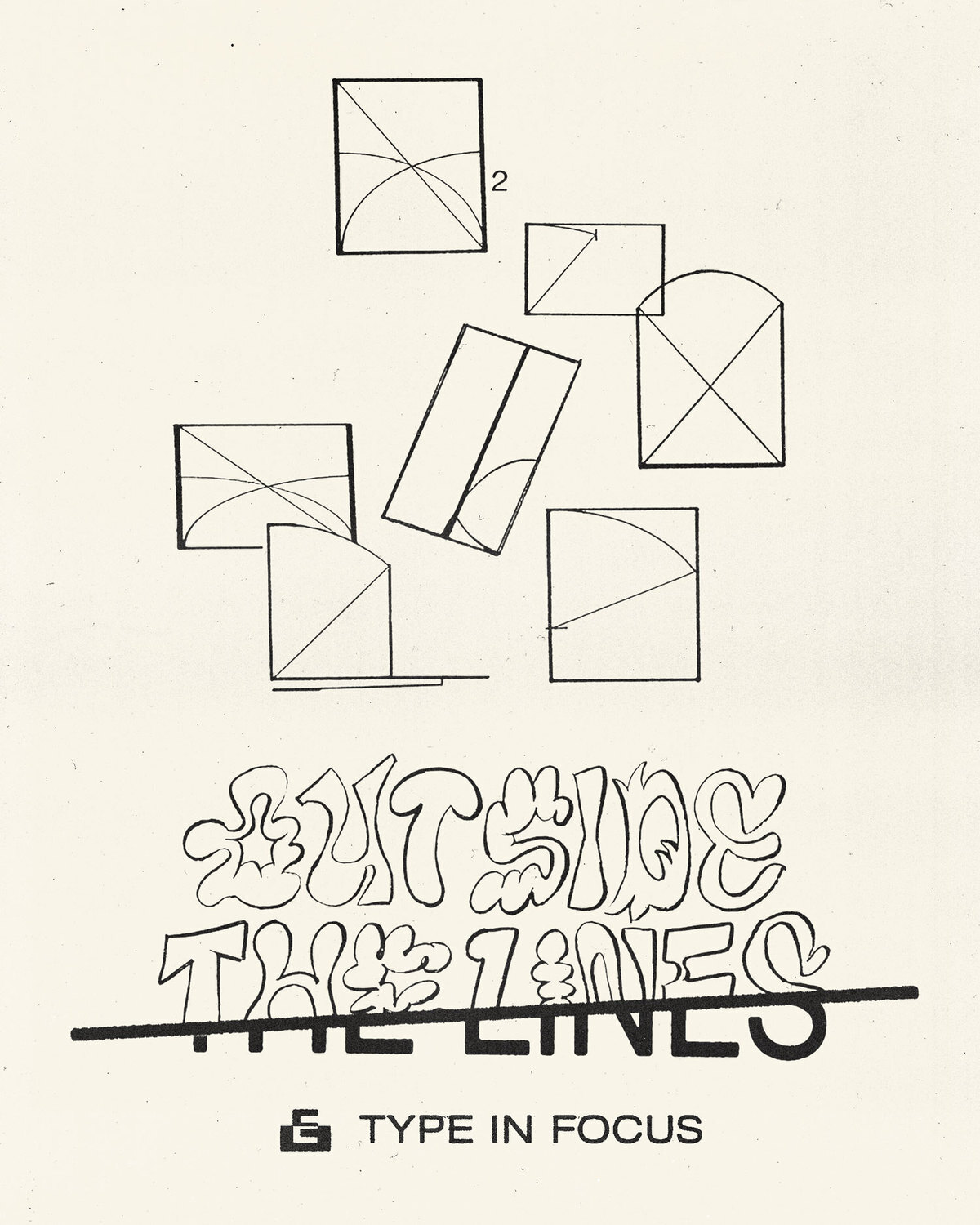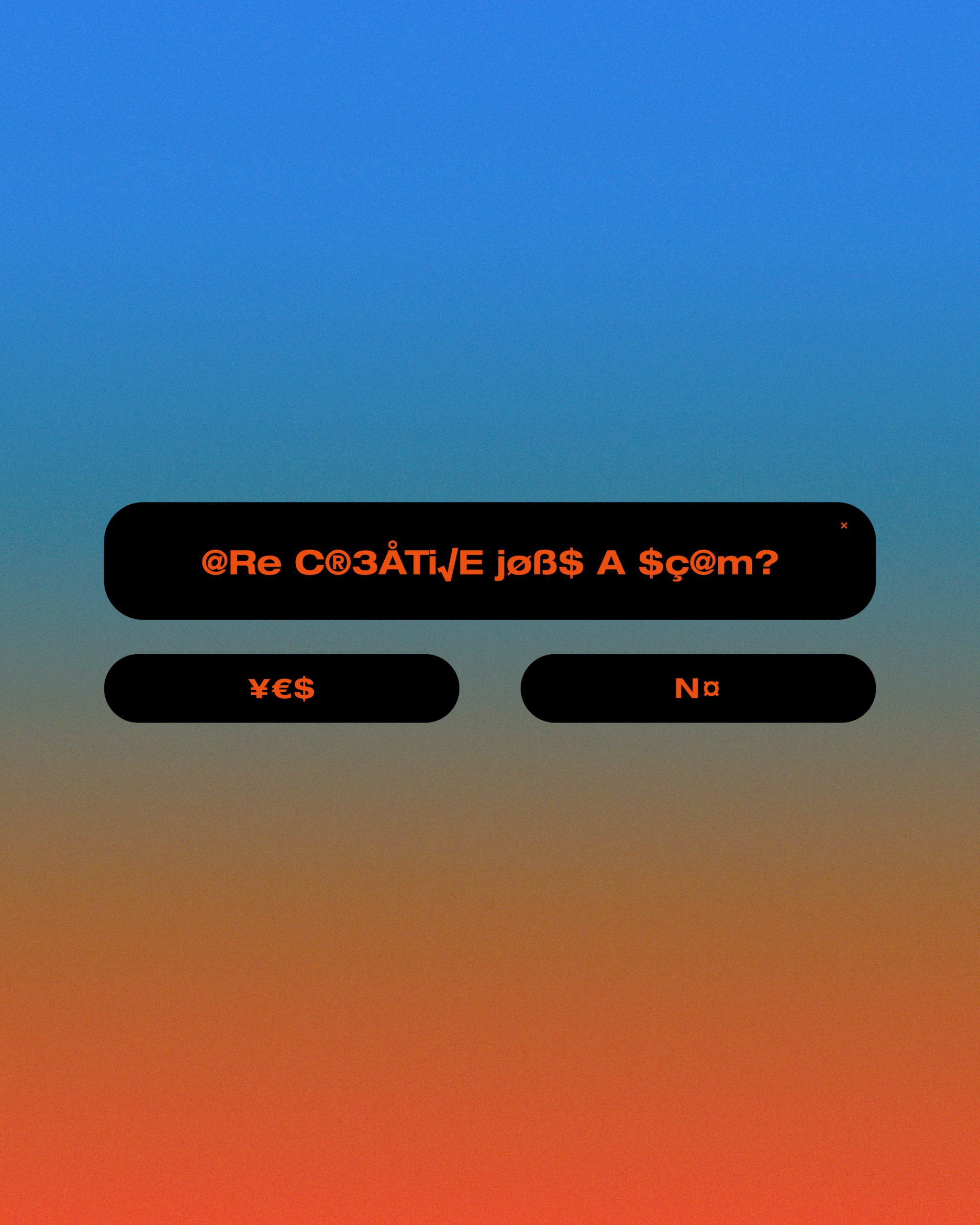Before your MA in Fine Art, you studied a BA in English Literature, what was this route from English to art like for you?
Even though I went to do English at university, I continued painting after school, doing my local Open Studio in East Yorkshire, selling colourful pictures of cows and painting people’s dogs alongside my degree. I spent a year working in admin after graduating, which brought me to London. Seeing all the amazing art here made me want to scratch that itch and develop a practice that felt more my own rather than commissioned or more commercial work, so in the end I quit the 9 to 5 and did (a lot!) of really random ad-hoc jobs whilst figuring things out. Things slowly started to happen! I’m glad I took this more scenic route as I have found that everything has informed it in some way. It gave me time to drip feed my progress as a painter.
I’m glad I took this more scenic route
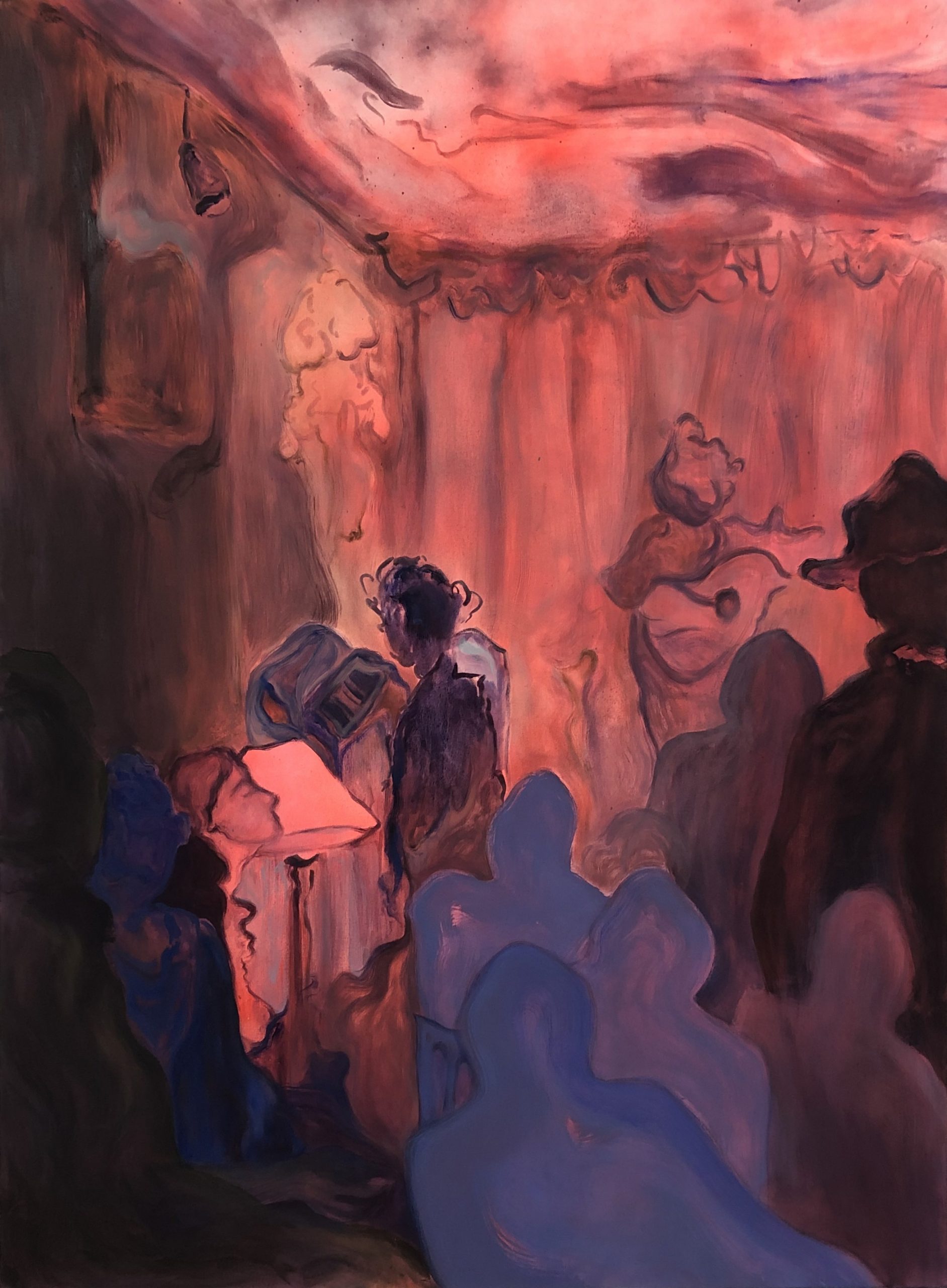
Do you think you bring any of the skills or knowledge from this perhaps more academic background to your practice as a painter?
My work is definitely informed by my degree. I suppose I learned how words can exert a certain power over individuals, there is a sense of history being written by the winner, and language serving those who are in power because they are the ones who wrote it. I was really interested in writers who questioned the assumed neutrality of language, and defamiliarise the way we talk about things by showing a different perspective. Particularly books that open up a real questioning of the assumed truth in any narrative, through telling the same series of events from multiple character’s perspectives. These show how there is never just one way of remembering anything, and stories change and shift as they are told.
I am hyper-aware of this and consequently my own work is very self-consciously fictive and subjective, dreamlike almost. I am not trying to impose anything, more so trying to open things up. I try to achieve a certain fluidity and ambiguity in painting so that my own subjects are never pinned down to a set identity. I also use a lot of different references and ways of painting within one work, as one might use phrases or idioms within a novel, to give this sense of potential to lead elsewhere, a multiplicity of perspectives.
My own work is very self-consciously fictive
Text often appears in your work, either snatches of a phrase, or as poems. It seems that language is an inspiration to you as an artist, so I’m interested in which books you are reading, or rereading, currently?
Yes, I tend to use phrases to drive or channel the feeling I want to capture. I get more inspiration at the moment from song lyrics though as they are more intense and succinct, and lend themselves to snippets. At the moment Kate Bush’s album, The Sensory World, is guiding my work a lot, particularly her song “Deeper understanding”. She is so ahead of her time when she speaks of the loneliness and anxiety surrounding technology advancements.
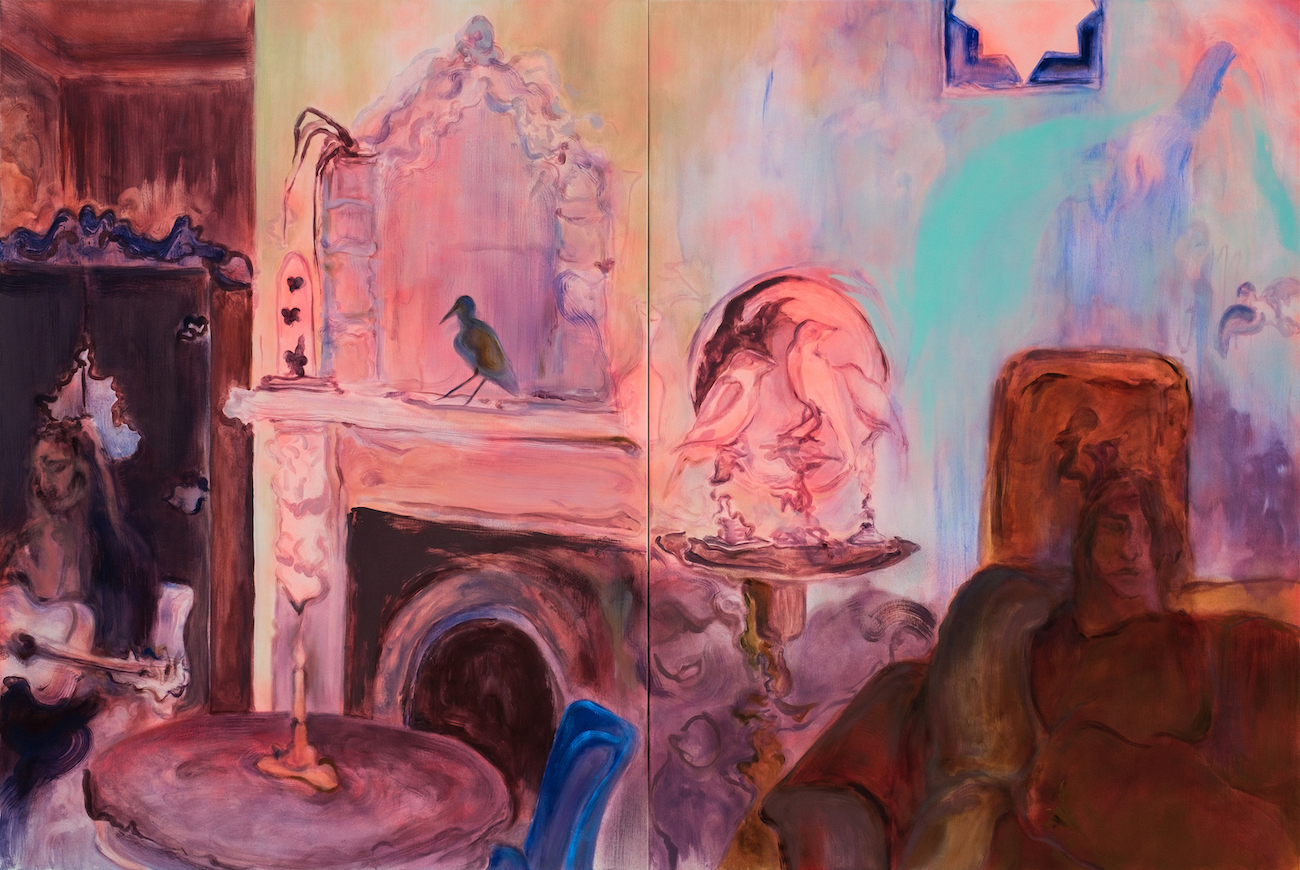
As for what I am reading at the moment, I have been obsessed with Ali Smith for a while and most recommend The Accidental. I am inspired by her tangential approach to writing that exposes the connections between things, as well as her ability to create total absurdity from very everyday, believable scenarios. She really questions the line between reality and imagination.
Having studied something else, why was it important for you to formalise your practice through an MA, rather than simply pivoting to being a ‘self-taught’ artist?
While I am very grateful for how my experiences developed and informed my work in a more ‘self-taught’ way, ultimately I got to a point where I was flitting around quite a lot, and still felt I lacked clear direction. I decided to do an MA because I wanted to really take the time to deepen and contextualise my practice within the wider world of art. I felt I would benefit from the input of more experienced tutors and mentors. It was a really intense year and the show at the end enabled me to be really ambitious at an early stage of my career. Inevitably it’s given me a bit more of a foot in the door and helped get over some of my mountains of imposter syndrome.
Paint has a mystery about it

Why do you think you’re drawn to painting, in particular, as a medium?
Paint has a mystery about it. A suggestiveness. It is a never-ending challenge to not over-do it. And paint is a language in itself. It is so ancient, steeped with tradition. Everything you do with it is a reference to some previous history. I think there is a magic in that, it is like a bloodline running deep through time and space, connecting us with some older remnant. And yet a painted image can communicate without being didactic – you still have to interpret it yourself.
When do you feel most creatively satisfied?
When I’ve got the painting out of the studio and I see it up on a wall after months of hating it. Or when I have finished something really epic like a mural!
I hate to give up
How do you know it’s time to give up on a piece?
I hate to give up. I can’t bear to throw things away as I always believe there’s hope for something, even if it’s just painting over it. I kind of see painting as a microcosm for life; you just have to keep going with it, and often the bits which you mess up or have to change due to a previous failure turn out to be what makes the piece in the end. Certainly I have older works which I have never finished. But I still see their traces in newer works, which I probably wouldn’t have been able to resolve had I not begun that unfinished piece a year or so before.
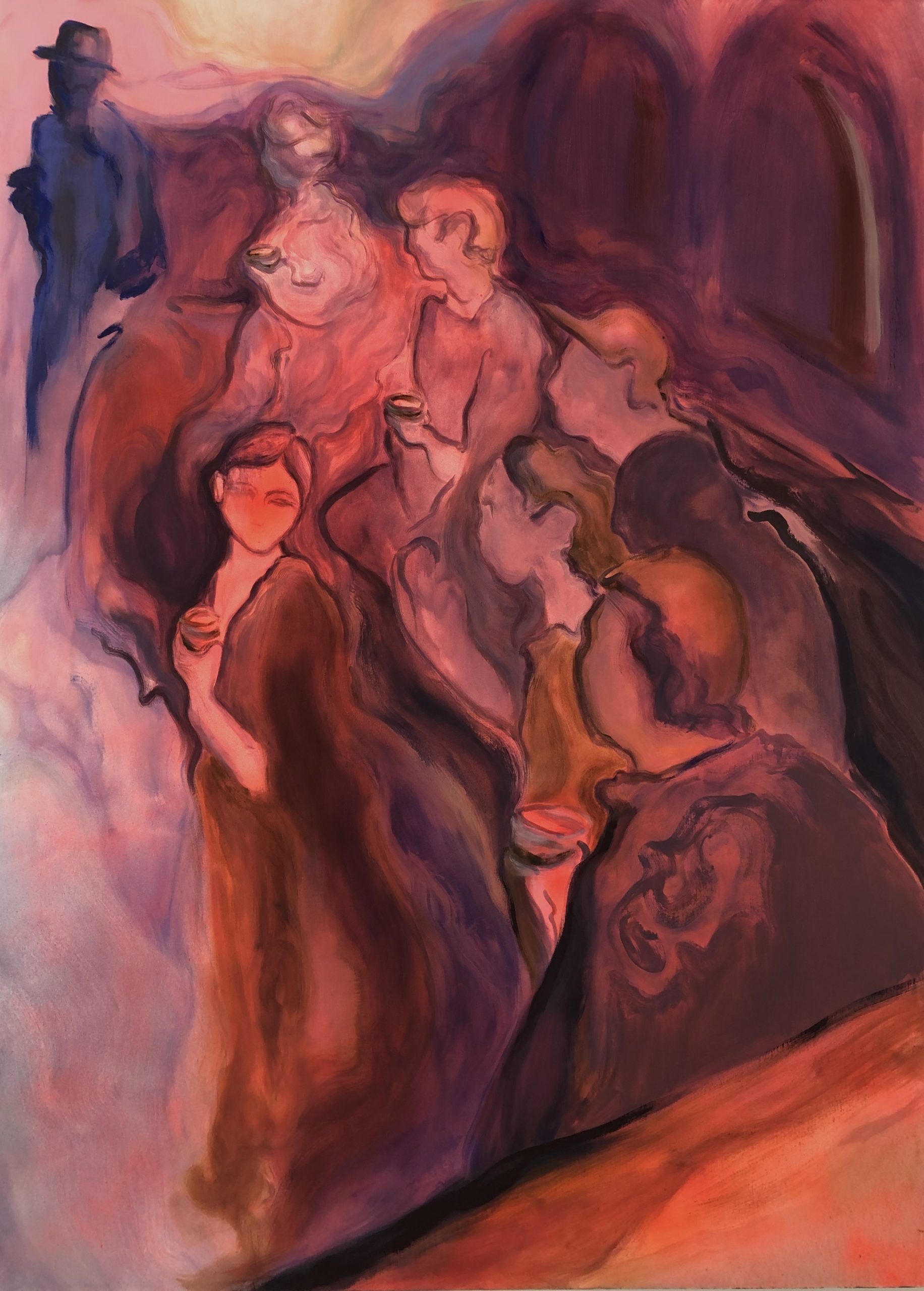
What’s next for you?
I have a few exciting shows planned for next year that I am working towards, and have a couple of cool collaborations on the distant horizon. But really the plan is just to keep painting and see what happens!
Read More: Najla Said Is Providing Representation




